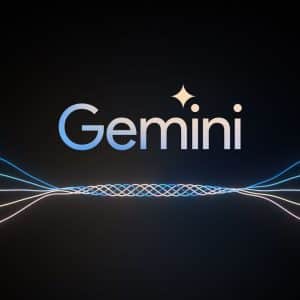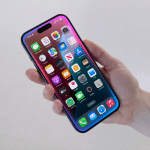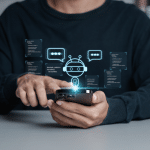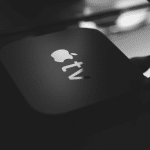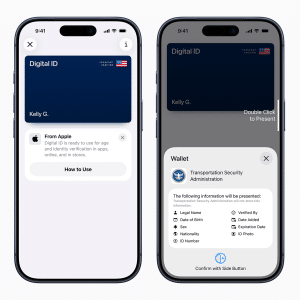Apple Intelligence is the company’s ambitious project aimed at integrating AI deeply into its ecosystem. This initiative encompasses various applications, from enhancing Siri’s capabilities to improving device performance and user personalization.
In a surprising move, the developer has utilized Google’s Tensor Processing Units (TPUs) for training its foundational AI models. These specialized hardware units are designed to accelerate machine learning tasks, offering significant advantages in processing speed and efficiency.
Why Google Tensor Hardware?
Google’s TPUs are renowned for their high performance in machine learning applications. By leveraging this technology, Apple can expedite the training of its AI models, enabling quicker development and deployment of advanced features.
While Apple and Google are competitors in many areas, this collaboration highlights a pragmatic approach. Utilizing Google’s hardware allows Apple to focus on software and AI model development, leveraging the best available tools to enhance its AI capabilities.
Key Benefits of the Collaboration
By using Google’s advanced hardware, the developers can accelerate its AI research and development. This speed enables them to bring new AI-powered features to its devices faster, enhancing user experience and staying ahead of competitors.
Google’s TPUs offer superior accuracy and efficiency in AI training processes. This improvement translates to more reliable and efficient AI features in most products, from predictive text to personalized recommendations.
Purchasing or renting advanced hardware can be a cost-effective strategy for them. Instead of investing heavily in developing its own hardware, they can allocate resources to other areas of AI development, ensuring a balanced and strategic investment.
Technological Advancements
With the improved AI training, Siri’s contextual understanding and response accuracy are expected to see significant enhancements. This upgrade will allow Siri to provide more relevant and personalized assistance to users.
AI-trained models using Google’s TPUs can optimize device performance, making the devices smarter and more responsive. Features such as predictive text, image recognition, and user behavior analysis will become more sophisticated and efficient.
The advancements in AI will seamlessly integrate across the entire ecosystem, from iPhones and iPads to Macs and Apple Watches. This integration ensures a consistent and enhanced user experience across all devices.
Future Prospects
The success of this collaboration might pave the way for further partnerships between Apple and Google, especially in areas where mutual benefits can be realized. This strategic alliance could lead to more innovative solutions in the tech industry.
As they continues to develop its AI capabilities, we can expect to see an expansion of AI applications across various domains. From healthcare and finance to entertainment and education, AI will play a crucial role in transforming industries.
With over $5 billion allocated to AI server enhancements over the next two years, Apple is poised to lead the AI revolution, matching and possibly surpassing the capabilities of industry giants like Microsoft and Meta.
The use of Google’s Tensor hardware to train its AI models not only accelerates their AI development but also enhances the overall performance and capabilities of its devices


